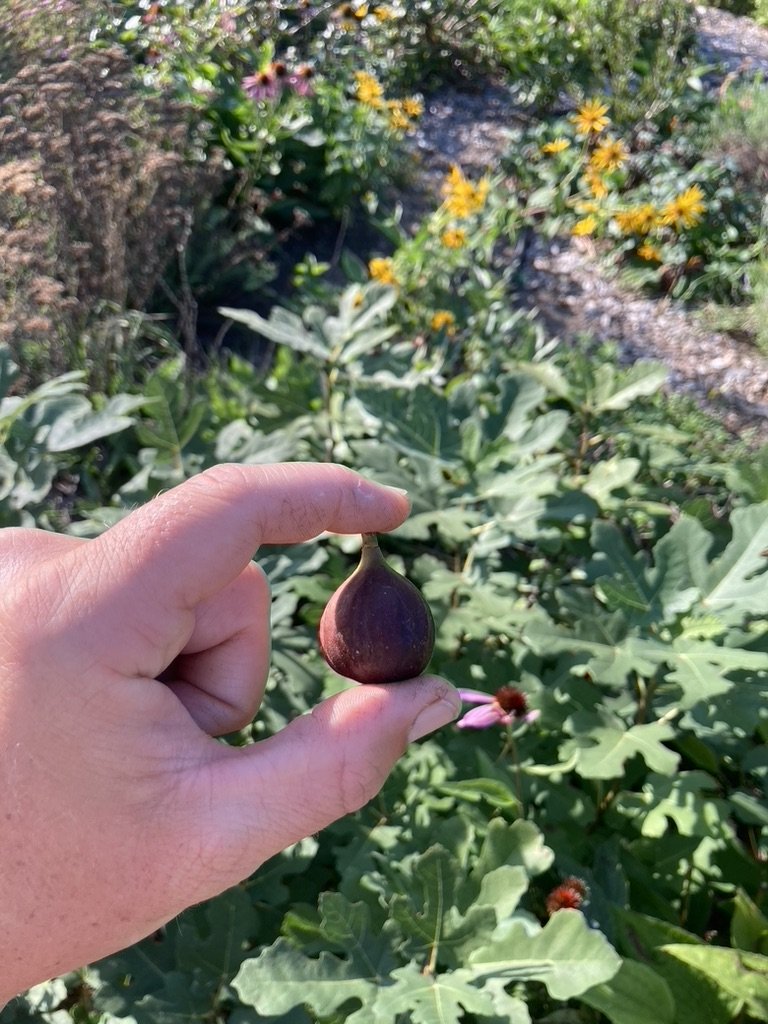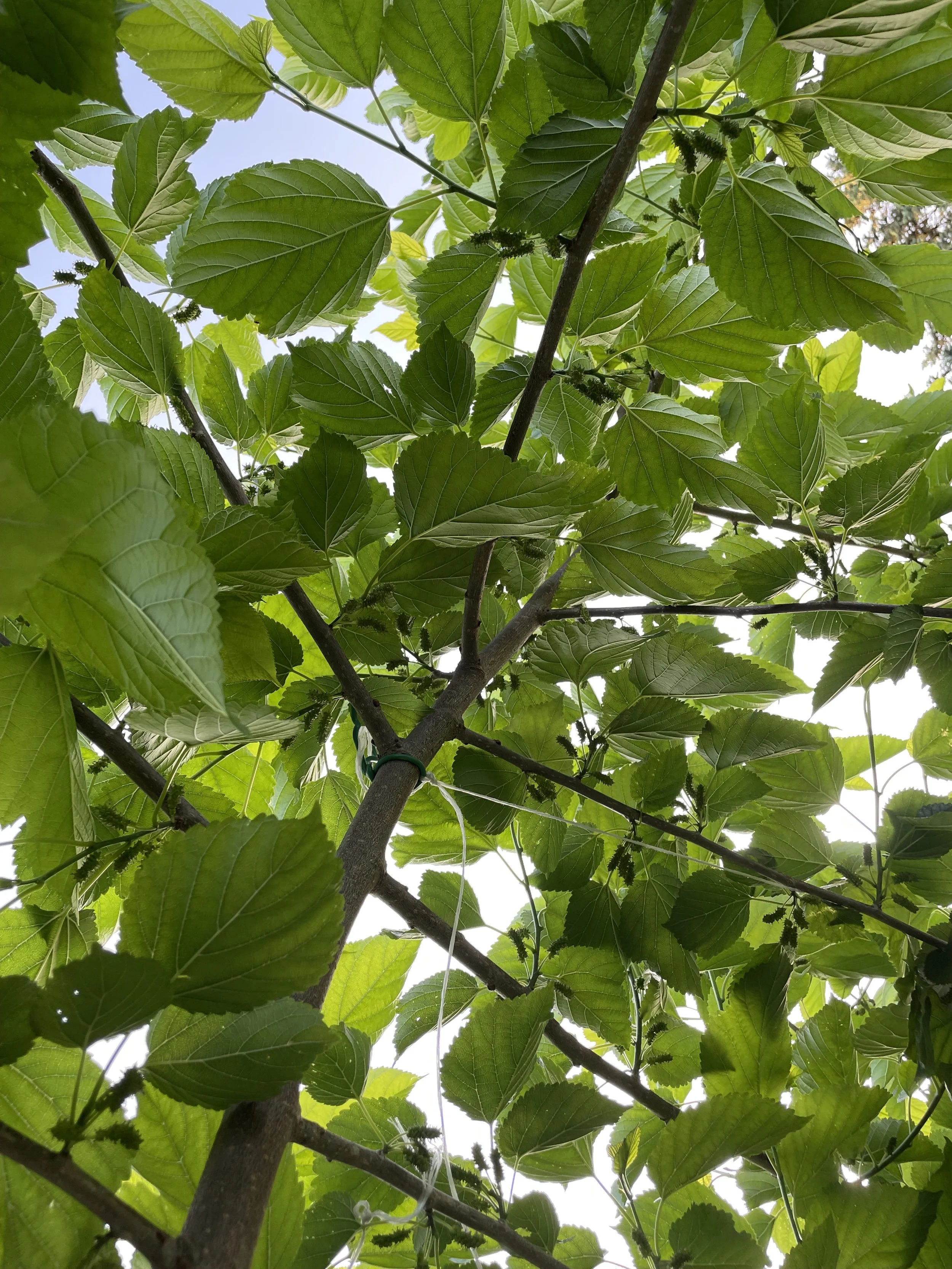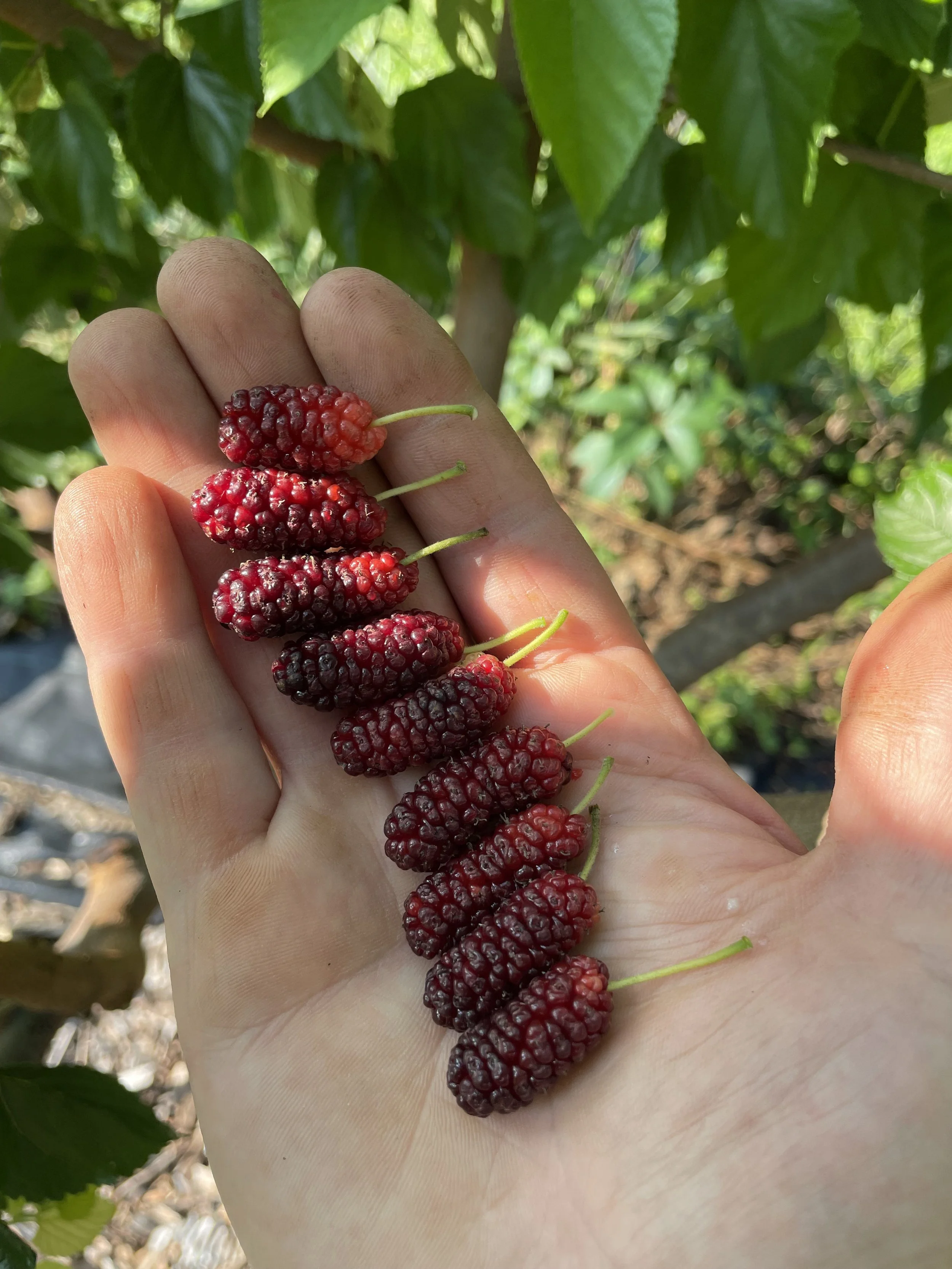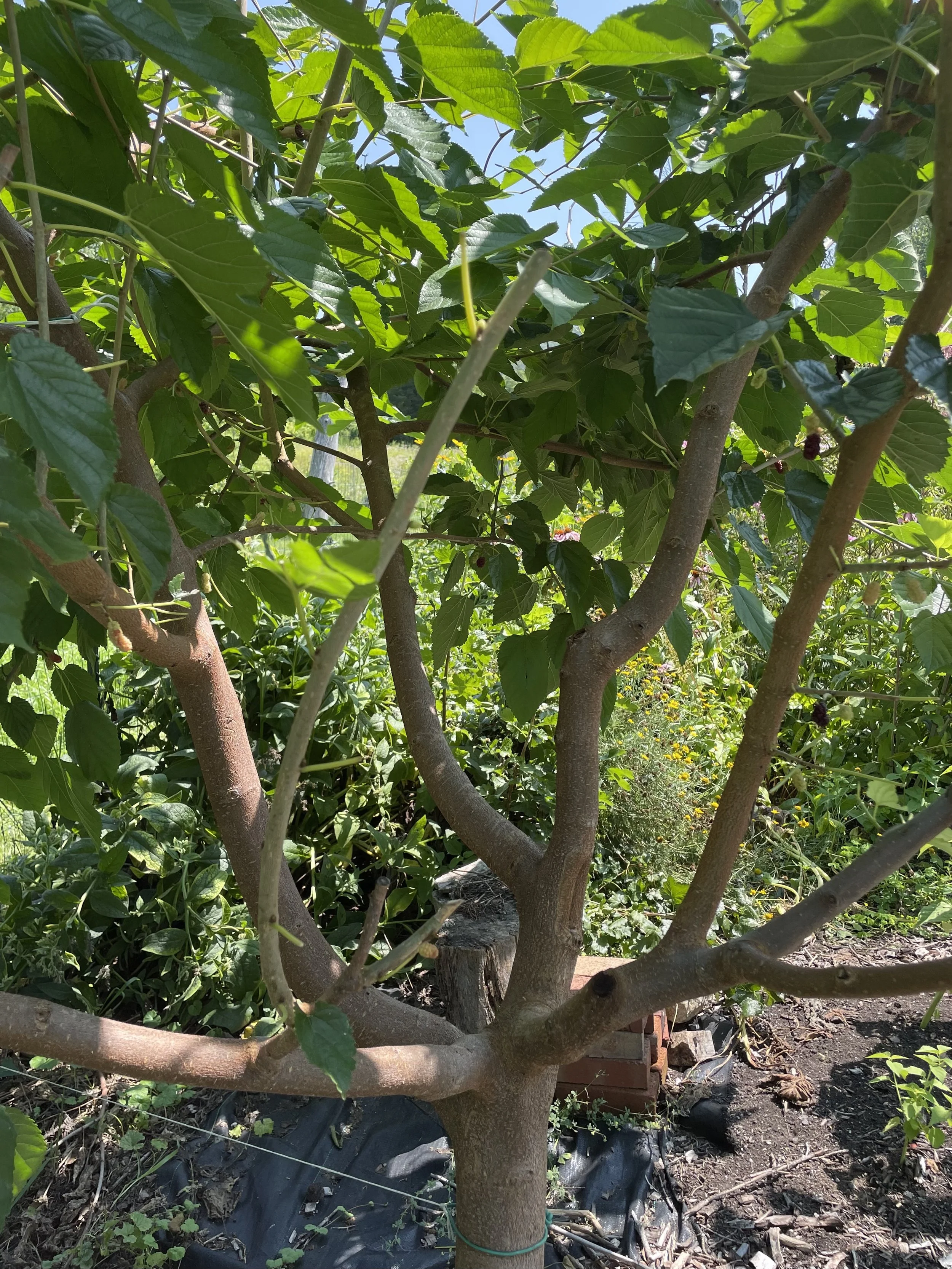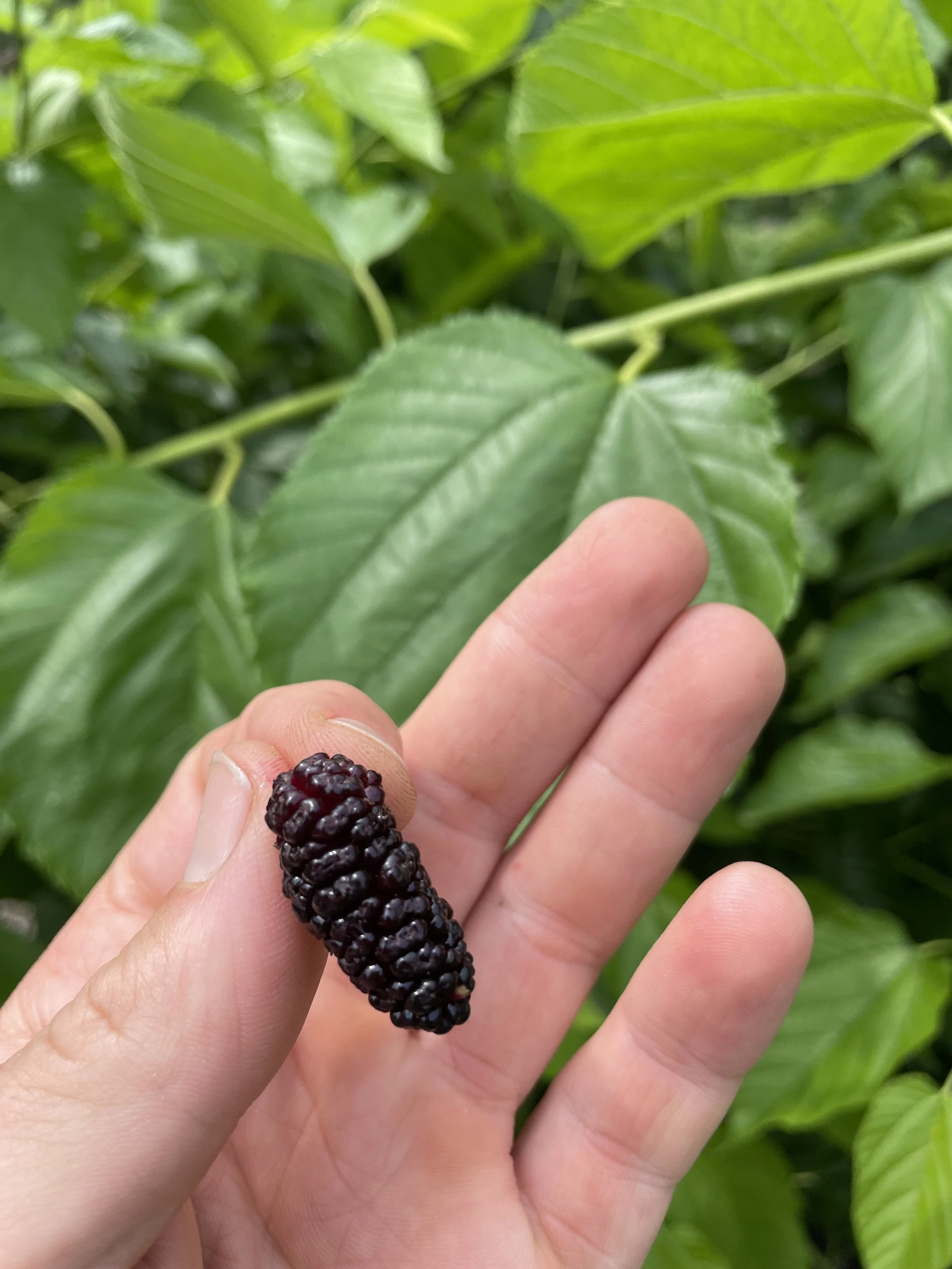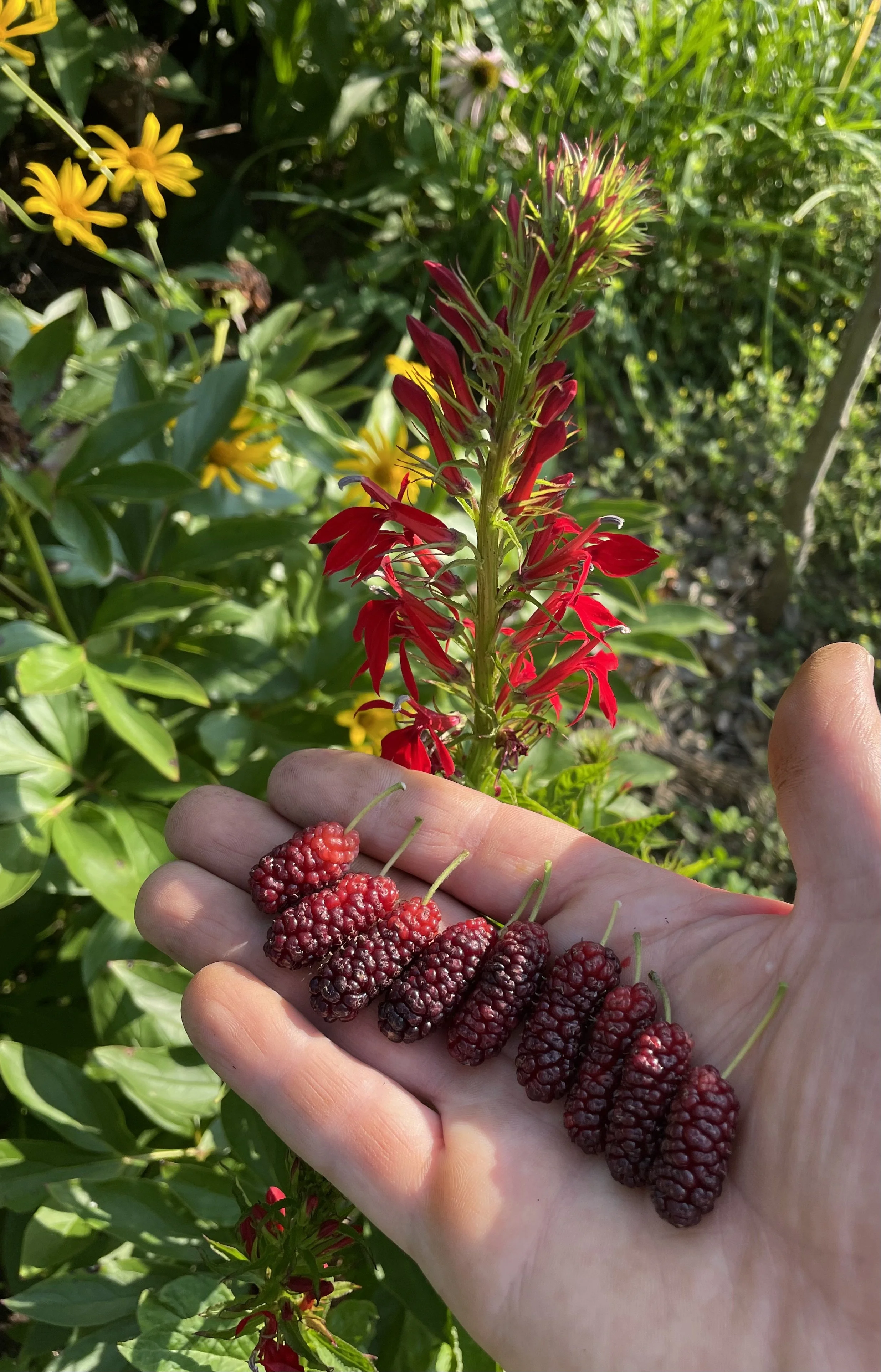 Image 1 of 2
Image 1 of 2

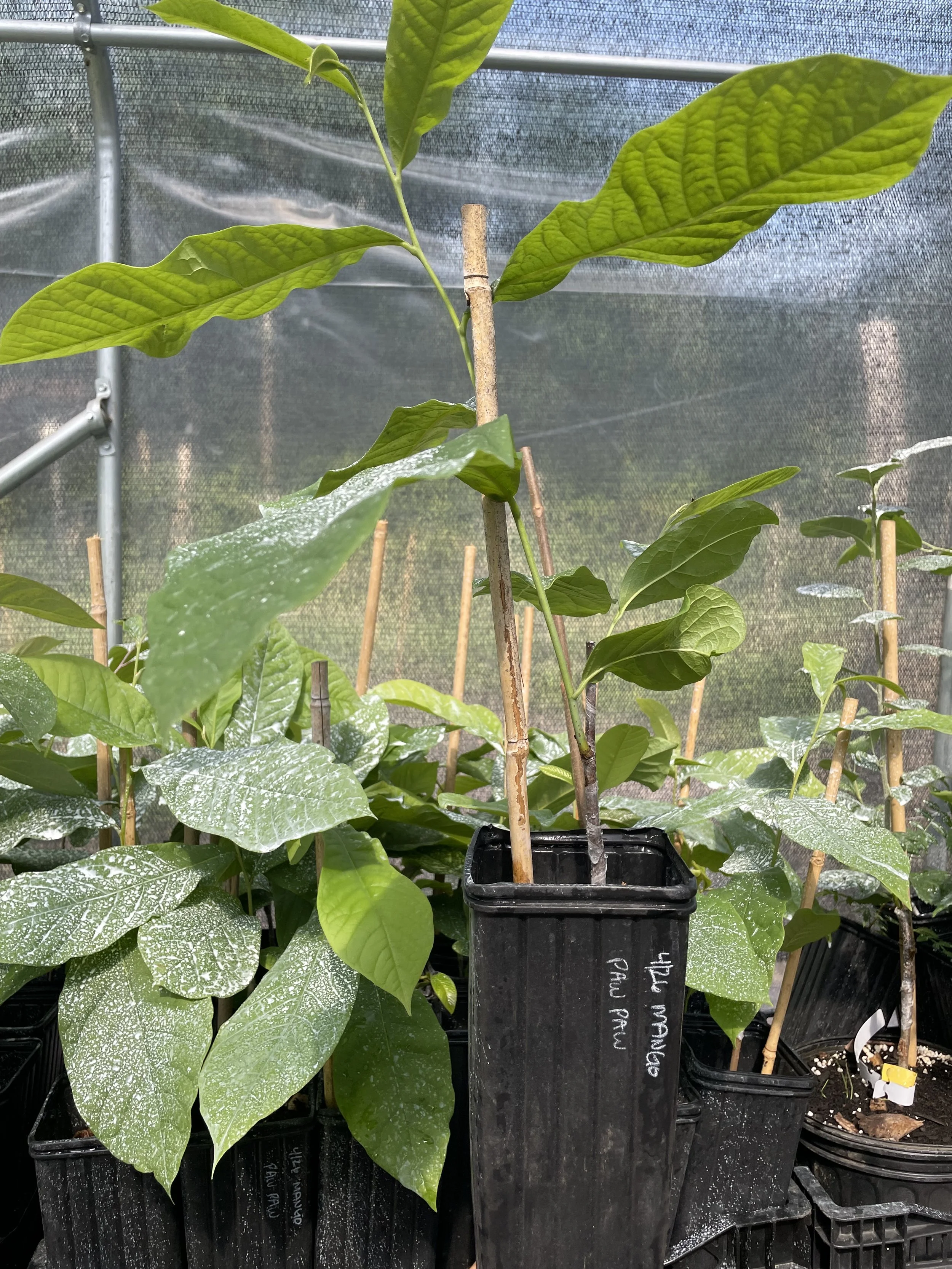 Image 2 of 2
Image 2 of 2



Grafted Paw Paws
(Asimina triloba)
If you’re only going to grow one kind of fruit tree in your backyard, we would recommend paw paw! With banana-like flavor and large shiny leaves, these trees are somehow both tropical and hardy down to -20F. Beautiful, native, compact, easy to grow trees, and you won’t find the fruit in stores.
Mango: A popular selection known for its smaller tree form and sweet, fruity flesh with hints of mango. Trees establish quickly and produce abundant, medium sized fruit early-mid season.
NC-1: A cold hardy selection from Ontario Canada. Large crops of large fruit. Sweet, fleshy fruit ripens early.
Flavor profile: Tropical, banana, mango, custard
Hardiness zone: 4-9
Light: Part shade to full sun
Soil: Rich, well-drained soil with pH 5.5-7
Mature height: 15-20’
Spacing: 8-12’ apart
Pollination: At least 2 trees required for pollination, but 3+ is recommended. Seedling trees are all genetically distinct and will pollinate one another. For grafted trees, two distinct cultivars are required.
Planting tips: Plant with great care to not damage the taproot, which is vital to establishment for paw paws. Loosen soil 1’ deep below the tap root for quicker establishment. Mixing a cup of perlite into the soil at the bottom of the planting hole can also help in taproot growth in compacted soils. Consistent watering is crucial for newly planted trees to help minimize transplant shock and establish strong roots.
Growing tips: Young paw paw seedlings are delicate and can be easily scorched by intense sunlight, which is why they are usually found as an understory tree in nature. Grafted paw paws are less susceptible, but it doesn’t hurt to provide some shade from hot afternoon sun with shade cloth or burlap while establishing. Prune paw paws to a central leader and encourage strong branch angles to prevent future breakage from heavy fruit loads.
We are unable to ship this product outside the contiguous US or to California.
All Winter ‘25-’26 orders are for dormant, bare root plants and will be shipped or available for pick up in March-April ‘26.
(Asimina triloba)
If you’re only going to grow one kind of fruit tree in your backyard, we would recommend paw paw! With banana-like flavor and large shiny leaves, these trees are somehow both tropical and hardy down to -20F. Beautiful, native, compact, easy to grow trees, and you won’t find the fruit in stores.
Mango: A popular selection known for its smaller tree form and sweet, fruity flesh with hints of mango. Trees establish quickly and produce abundant, medium sized fruit early-mid season.
NC-1: A cold hardy selection from Ontario Canada. Large crops of large fruit. Sweet, fleshy fruit ripens early.
Flavor profile: Tropical, banana, mango, custard
Hardiness zone: 4-9
Light: Part shade to full sun
Soil: Rich, well-drained soil with pH 5.5-7
Mature height: 15-20’
Spacing: 8-12’ apart
Pollination: At least 2 trees required for pollination, but 3+ is recommended. Seedling trees are all genetically distinct and will pollinate one another. For grafted trees, two distinct cultivars are required.
Planting tips: Plant with great care to not damage the taproot, which is vital to establishment for paw paws. Loosen soil 1’ deep below the tap root for quicker establishment. Mixing a cup of perlite into the soil at the bottom of the planting hole can also help in taproot growth in compacted soils. Consistent watering is crucial for newly planted trees to help minimize transplant shock and establish strong roots.
Growing tips: Young paw paw seedlings are delicate and can be easily scorched by intense sunlight, which is why they are usually found as an understory tree in nature. Grafted paw paws are less susceptible, but it doesn’t hurt to provide some shade from hot afternoon sun with shade cloth or burlap while establishing. Prune paw paws to a central leader and encourage strong branch angles to prevent future breakage from heavy fruit loads.
We are unable to ship this product outside the contiguous US or to California.
All Winter ‘25-’26 orders are for dormant, bare root plants and will be shipped or available for pick up in March-April ‘26.


